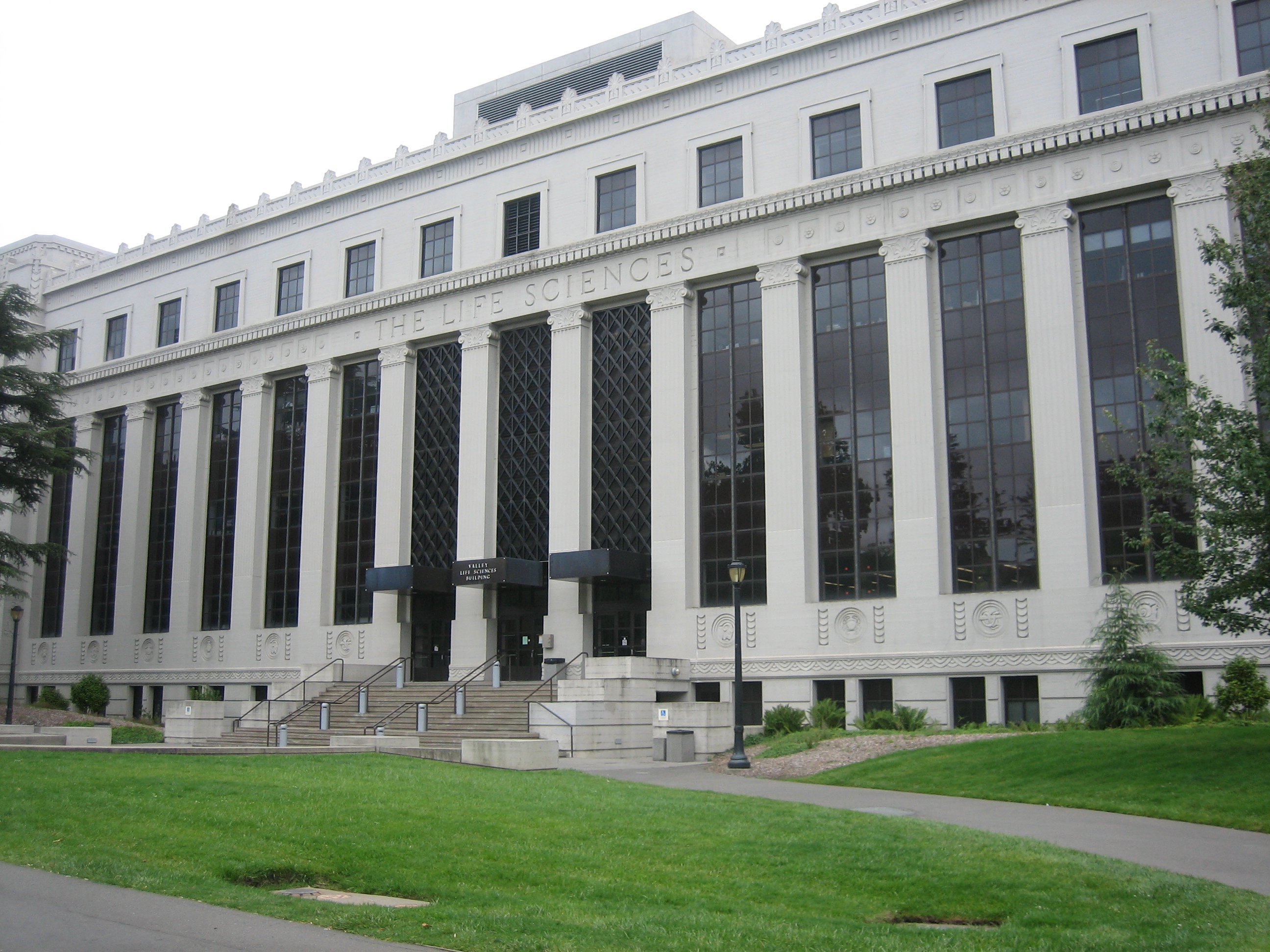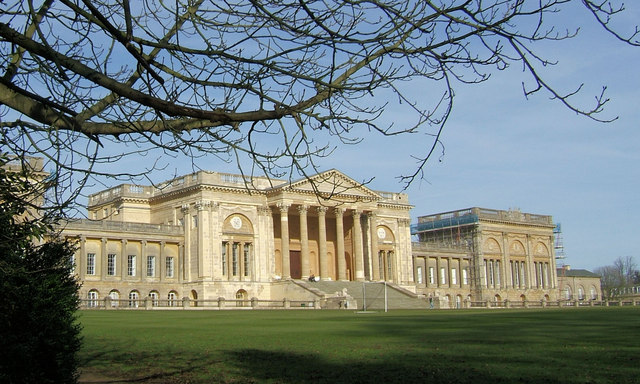|
T.F. Lockwood, Sr.
Thomas Firth Lockwood was the name of two architects in the U.S. state of Georgia, the father and son commonly known as T. Firth Lockwood Sr. (1868–1920) and T. Firth Lockwood Jr. (1894–1963). Thomas Firth Lockwood Sr. came with his brother Frank Lockwood (architect), Frank Lockwood (1865–1935) to Columbus, Georgia, from New Jersey to practice architecture. with A number of their works are listed on the National Register of Historic Places for their architecture. Works include (with attribution which is sometimes ambiguous): *First Presbyterian Church (rebuilding after an 1891 fire) Columbus, Georgia *Clinch County Jail (1893), Court Sq., Homerville, Georgia (Lockwood, Thomas F.), NRHP-listed *Columbian Lodge No. 7 Free and Accepted Masons (1941), 1127 2nd Ave., Columbus, Georgia, (T. Firth Lockwood), NRHP-listed *First Baptist Church (1906, Tifton, Georgia), First Baptist Church (1906), in Tifton Residential Historic District, Tifton, Georgia (Lockwood, T.F.), Romanesq ... [...More Info...] [...Related Items...] OR: [Wikipedia] [Google] [Baidu] |
Frank Lockwood (architect)
Frank Lockwood (1865-1935) was one of Montgomery, Alabama's leading architects. Biography Lockwood was born in 1865 in New Jersey to English parents. His father was an engineer. Growing up in New York City Frank was a talented singer and was, at one point, offered a contract with the Metropolitan Opera. However, his mother persuaded him to study architecture. After graduating from Princeton University and Pratt Institute he lived in Columbus, Georgia, before moving to Montgomery in 1894.Tom Connor''Architect had impact on capital'' The Advertiser (Montgomery), July 29, 1992. Retrieved 2012-01-15. Lockwood embarked on a 41-year career in Montgomery. He designed scores of residential homes and many important public buildings. He died in 1935 at his home on Adams Avenue. One of Lockwood's buildings was The Standard Club in Montgomery, designed in 1929. A modern gated community was later built on the site and called Lockwood. [...More Info...] [...Related Items...] OR: [Wikipedia] [Google] [Baidu] |
Arlington Methodist Episcopal Church, South
The Arlington United Methodist Church is the only Methodist church in Arlington, Georgia. The church congregation was founded in 1873 and met in a small schoolhouse, then built a white wooden church in 1876. The present church was built in 1908 and was known as Arlington Methodist Episcopal Church, South. It is Romanesque Revival in style and was designed by architect T. Firth Lockwood, Sr. It is built of red brick and has two towers of different heights. The church changed its name in 1939 by dropping the word "Episcopal" and in 1969 by adding the word "United". It was listed on the National Register of Historic Places The National Register of Historic Places (NRHP) is the Federal government of the United States, United States federal government's official United States National Register of Historic Places listings, list of sites, buildings, structures, Hist ... in 1990 as "Arlington Methodist Episcopal Church, South". The original parsonage building (c. 1957), which ... [...More Info...] [...Related Items...] OR: [Wikipedia] [Google] [Baidu] |
Greenville, Georgia
Greenville is a city in and the county seat of Meriwether County, Georgia, United States. The population was 794 at the 2020 census, down from 876 in 2010. The city is located southwest of Atlanta and is part of the Atlanta metropolitan area (Atlanta-Sandy Springs- Marietta, Georgia Metropolitan Statistical Area). History Greenville was founded in 1828 as the seat of the newly formed Meriwether County. The city was named for Major General Nathanael Greene, commander of the rebel American forces at the Battle of Guilford Court House on March 15, 1781. Geography Greenville is located in central Meriwether County at (33.027845, -84.713562). U.S. Route 27 Alternate and Georgia State Routes 109 and 100 intersect in the center of the city at the county courthouse. US 27 Alternate leads north to Newnan and south to Columbus, while State Route 109 leads southeast to Woodbury and west to LaGrange. State Route 100 leads northwest to Hogansville. According to the United States ... [...More Info...] [...Related Items...] OR: [Wikipedia] [Google] [Baidu] |
Hiram Warner Hill House
Hiram may refer to: People * Hiram (name) Places * Hiram, Georgia ** Hiram High School, Hiram, Georgia * Hiram, Maine * Hiram, Missouri * Hiram, Ohio ** Hiram College, a private liberal arts college located in Hiram, Ohio ***Hiram Terriers, the school's sports teams * Hiram, Texas * Hiram, West Virginia * Hiram Township, Cass County, Minnesota Other uses * ''Hiram'' (TV series), a TV drama series in the Philippines * Hiram's Highway, a road in Hong Kong * Hiram House, one of the first settlement houses in the United States * Hiram Masonic Lodge No. 7, a gothic revival building in Franklin, Tennessee; also the oldest masonic lodge in Tennessee * Operation Hiram Operation Hiram was a military operation conducted by the Israel Defense Forces (IDF) during the 1948 Arab–Israeli War. It was led by General Moshe Carmel, and aimed at capturing the Upper Galilee region from the Arab Liberation Army (ALA) ..., a three-day military operation in the Upper Galilee launched by the ... [...More Info...] [...Related Items...] OR: [Wikipedia] [Google] [Baidu] |
Fitzgerald, Georgia
Fitzgerald is a city in and the county seat of Ben Hill County, Georgia, Ben Hill County in the south central portion of the United States, U.S. state of Georgia (U.S. state), Georgia. As of 2020, its population was 9,006. It is the principal city of the Fitzgerald Fitzgerald micropolitan area, micropolitan statistical area, which includes all of Ben Hill and Irwin County, Georgia, Irwin counties. A small portion of Fitzgerald is in Irwin County. History Fitzgerald was developed in 1895 by Philander H. Fitzgerald, an Indianapolis newspaper editor. A former drummer boy (military), drummer boy in the Union Army during the Civil War, he founded it as a community for American Civil War, war veterans–both from the Union and from the Confederate States of America, Confederacy. The majority of the first citizens (some 2700) were Union veterans. It was incorporated on December 2, 1896. The town is located less than from the site where Confederate president Jefferson Davis was captured ... [...More Info...] [...Related Items...] OR: [Wikipedia] [Google] [Baidu] |
Stripped Classical Architecture
Stripped Classicism (also referred to as Starved Classicism or Grecian Moderne) Jstor is primarily a 20th-century classicist architectural style stripped of most or all ornamentation, frequently employed by governments while designing official buildings. It was adopted by both totalitarian and democratic regimes. The style embraces a "simplified but recognizable" classicism in its overall massing and scale while eliminating traditional decorative detailing. The orders of architecture are only hinted at or are indirectly implicated in the form and structure. Despite its etymological similarity, Stripped Classicism is sometimes distinguished from "Starved Classicism", the latter "displaying little feeling for rules, proportions, details, and finesse, and lacking all verve and élan". At other times the terms "stripped" and "starved" are used interchangeably. Stripped Classicism was a materialistic manifestation of 'political' modernism. Recent historiography has explicitly lin ... [...More Info...] [...Related Items...] OR: [Wikipedia] [Google] [Baidu] |
Georgetown, Quitman County, Georgia
Georgetown is a city in Quitman County, Georgia, United States. It is on the Alabama-Georgia state line next to Walter F. George Lake and across the Chattahoochee River from Eufaula, Alabama. Per the 2020 census, the population was 2,235. In 2006, Georgetown and Quitman County voted to consolidate their governments, becoming the smallest such consolidated entity in the Lower 48 states. History Settled in the early 1830s, Georgetown was first named Tobanana for the nearby creek. The Tobanana Post Office was established on January 10, 1833. On September 21, 1836, the name of the town was changed to "Georgetown" after the historic neighborhood in Washington, D.C. Georgetown was designated in 1859 as the county seat of Quitman County and was laid out as a town by order of the Inferior Court. The town was incorporated by an act of the legislature on December 9, 1859. A brigade of federal cavalry, commanded by General Benjamin Grierson, camped for a time near Georgetown ... [...More Info...] [...Related Items...] OR: [Wikipedia] [Google] [Baidu] |
Quitman County Courthouse And Old Jail
The Quitman County Courthouse and Old Jail is a historic building in Georgetown, Georgia. It was listed on the National Register of Historic Places in 1995. The listing includes the Old Quitman County Jail that was built in 1891 and was separately listed on the National Register in 1981. The old jail is a two-story brick structure that served until c.1965. It was renovated in 1994. It replaced the original wooden jail, built in 1859, that first served Quitman County, founded in 1858. The original jail was a wooden structure built in 1859. It was replaced in 1891 with the current brick structure. with The courthouse is a one-story brick courthouse built in 1939 by the Public Works Administration using federal relief funds. It was designed by T. Firth Lockwood, Jr. in Stripped Classical Stripped Classicism (also referred to as Starved Classicism or Grecian Moderne) Jstor is primarily a 20th-century classicist architectural style stripped of most or all ornamentation, fre ... [...More Info...] [...Related Items...] OR: [Wikipedia] [Google] [Baidu] |
Preston, GA
Preston is an unincorporated community in Webster County, Georgia, United States, located seventeen miles west of Americus. The population was 453 at the 2000 census. From 1857 to 2009, Preston was an incorporated municipality. The community is the county seat of Webster County. History Preston was founded in 1856 as the seat of Webster County. It was incorporated as a town in 1857 and as a city in 1977. In 2009, the city was disincorporated and became part of the Unified Government of Webster County. Geography Preston is located at (32.060789, -84.538287). U.S. Route 280, as well as Georgia State Routes 41 and 153, are the main highways through the community. U.S. Route 280 runs from east to west as Hamilton Street, leading east to Plains and west to Richland. GA-41 runs from south to north through the community and is briefly concurrent with U.S. 280 through the downtown area, leading north to Buena Vista and southwest to Weston. GA-153 begins just north of the commun ... [...More Info...] [...Related Items...] OR: [Wikipedia] [Google] [Baidu] |
Webster County Courthouse (Preston, Georgia)
Webster County Courthouse is a historic county courthouse in Preston, Georgia, the county seat for Webster County, Georgia. It was built in 1915 and was designed in Neoclassical architecture, Neoclassical style. It was added to the National Register of Historic Places on September 18, 1980. It is located on Courthouse Square. It was designed by T.F. Lockwood, Sr. Georgia Info The courthouse is two stories and made of red brick.William Schemmel, ''Georgia Curiosities, 3rd: Quirky Characters, Roadside Oddities & Other Offbeat Stuff'' (Globe Pequot, 2011), pp. 93-94. The white cupola atop the building was added after the attack on Pearl Harbor and local United States civil defense, civil defense volunteers stood watch on the cupola every day until the war's end. [...More Info...] [...Related Items...] OR: [Wikipedia] [Google] [Baidu] |
Georgian Revival Architecture
Georgian architecture is the name given in most English-speaking countries to the set of architectural styles current between 1714 and 1830. It is named after the first four British monarchs of the House of Hanover, George I, George II, George III, and George IV, who reigned in continuous succession from August 1714 to June 1830. The Georgian cities of the British Isles were Edinburgh, Bath, pre-independence Dublin, and London, and to a lesser extent York and Bristol. The style was revived in the late 19th century in the United States as Colonial Revival architecture and in the early 20th century in Great Britain as Neo-Georgian architecture; in both it is also called Georgian Revival architecture. In the United States, the term ''Georgian'' is generally used to describe all buildings from the period, regardless of style; in Britain it is generally restricted to buildings that are "architectural in intention", and have stylistic characteristics that are typical of the peri ... [...More Info...] [...Related Items...] OR: [Wikipedia] [Google] [Baidu] |



